One approach based on this solution using reshape, sum & squeeze -
sublen = 2; %// subset length
part1 = reshape(sum(reshape(A,sublen,[])),size(A,1)/sublen,sublen,[]);
out = squeeze(sum(part1,2))/sublen^2;
Benchmarking
Set #1
Here are the runtime comparisons for the approaches listed so far for a input datasize of 800x 800 -
%// Input
A = rand(800,800);
%// Warm up tic/toc.
for k = 1:50000
tic(); elapsed = toc();
end
disp('----------------------- With RESHAPE + SUM + SQUEEZE')
tic
sublen = 2; %// subset length
part1 = reshape(sum(reshape(A,sublen,[])),size(A,1)/sublen,sublen,[]);
out = squeeze(sum(part1,2))/sublen^2;
toc, clear sublen part1 out
disp('----------------------- With BLOCKPROC')
tic
B = blockproc(A, [2 2], @(x) mean(x.data(:))); %// [m n]
toc, clear B
disp('----------------------- With PERMUTE + MEAN + RESHAPE')
tic
m = 2;n = 2;
T = permute(reshape(permute(reshape(A, size(A, 1), n, []),...
[2 1 3]), n, m, []), [2 1 3]);
B = reshape(mean(mean(T,1),2), size(A,1)/m, size(A,2)/m);
toc, clear B T m n
disp('----------------------- With CONVOLUTION')
tic
m = 2;n = 2;
B = conv2(ones(m,1)/m, ones(1,n)/n ,A,'same');
B = B(m-1:m:end ,n-1:n:end);
toc, clear m n B
disp('----------------------- With MAT2CELL')
tic
AC = mat2cell(A, repmat(2,size(A,1)/2,1), repmat(2,size(A,2)/2,1));
out = cellfun(@(x) mean(x(:)), AC);
toc
disp('----------------------- With IM2COL')
tic
out = reshape(mean(im2col(A,[2 2],'distinct')),size(A)./2);
toc
Runtime results -
----------------------- With RESHAPE + SUM + SQUEEZE
Elapsed time is 0.004702 seconds.
----------------------- With BLOCKPROC
Elapsed time is 6.039851 seconds.
----------------------- With PERMUTE + MEAN + RESHAPE
Elapsed time is 0.006015 seconds.
----------------------- With CONVOLUTION
Elapsed time is 0.002174 seconds.
----------------------- With MAT2CELL
Elapsed time is 2.362291 seconds.
----------------------- With IM2COL
Elapsed time is 0.239218 seconds.
To make the runtimes more fair, we can use a number of trials of 1000 on top of the fastest three approaches for the same input datasize of 800 x 800, giving us -
----------------------- With RESHAPE + SUM + SQUEEZE
Elapsed time is 1.264722 seconds.
----------------------- With PERMUTE + MEAN + RESHAPE
Elapsed time is 3.986038 seconds.
----------------------- With CONVOLUTION
Elapsed time is 1.992030 seconds.
Set #2
Here are the runtime comparisons for a larger input datasize of 10000x 10000 for the fastest three approaches -
----------------------- With RESHAPE + SUM + SQUEEZE
Elapsed time is 0.158483 seconds.
----------------------- With PERMUTE + MEAN + RESHAPE
Elapsed time is 0.589322 seconds.
----------------------- With CONVOLUTION
Elapsed time is 0.307836 seconds.

